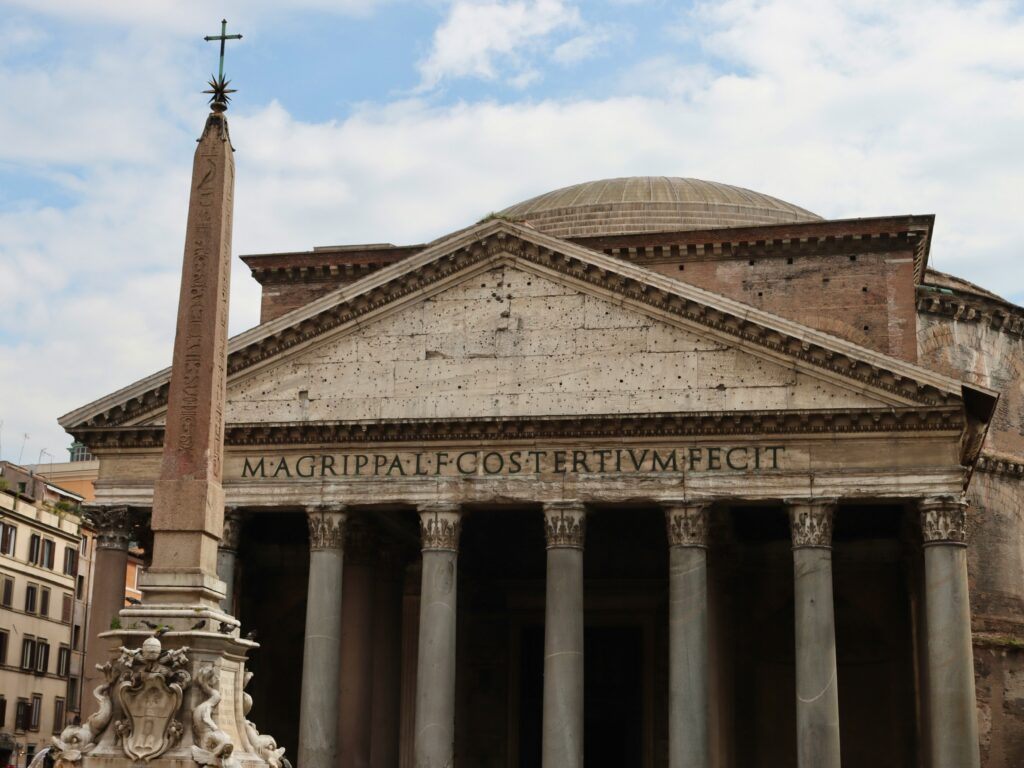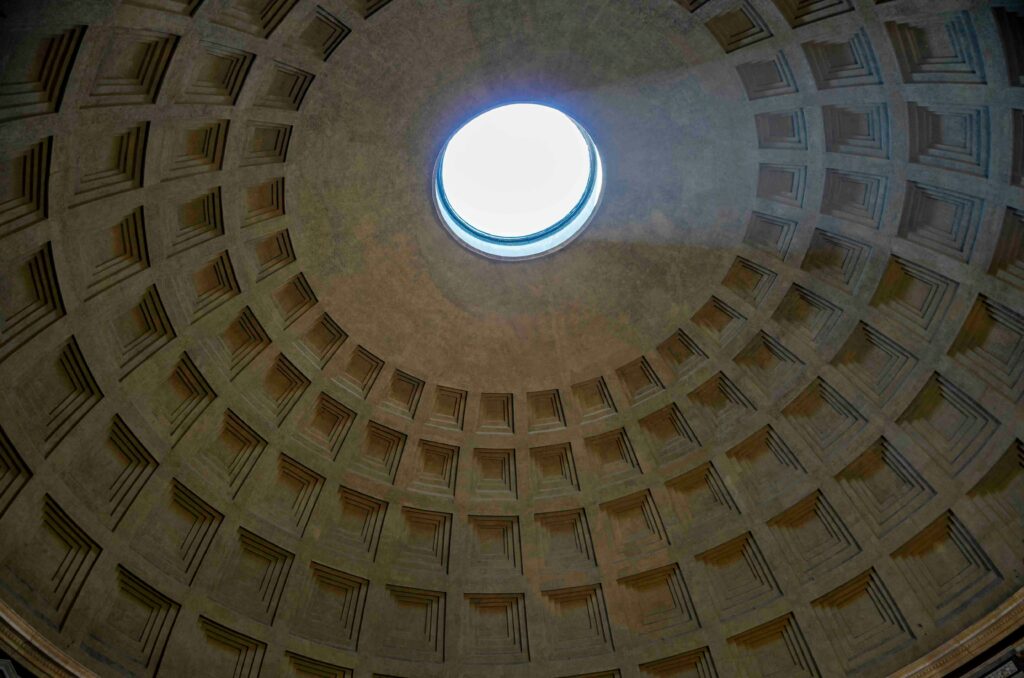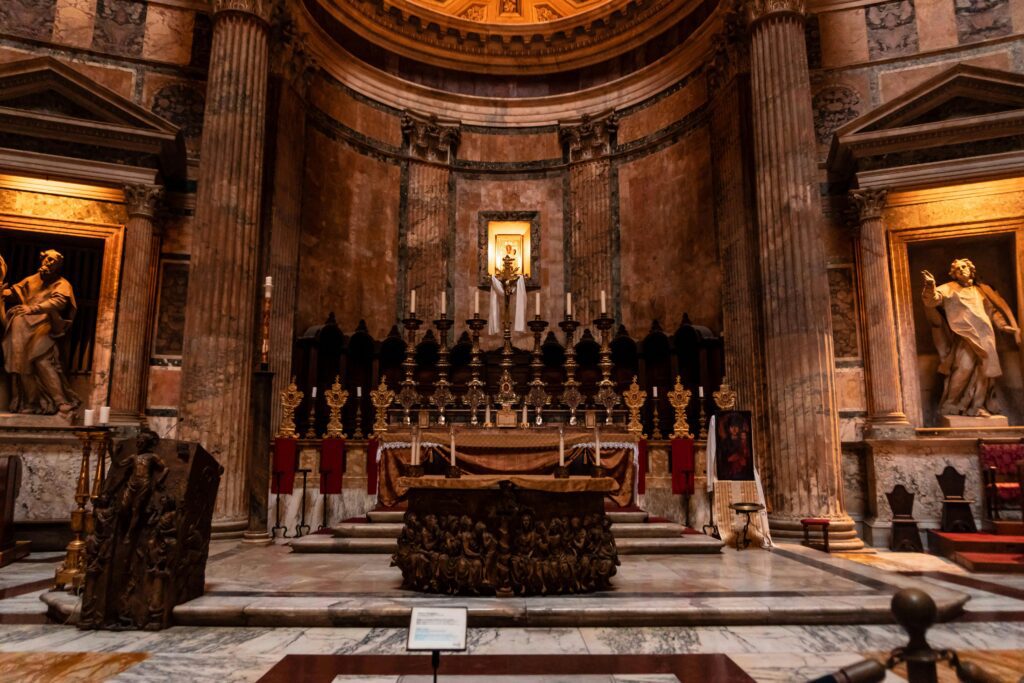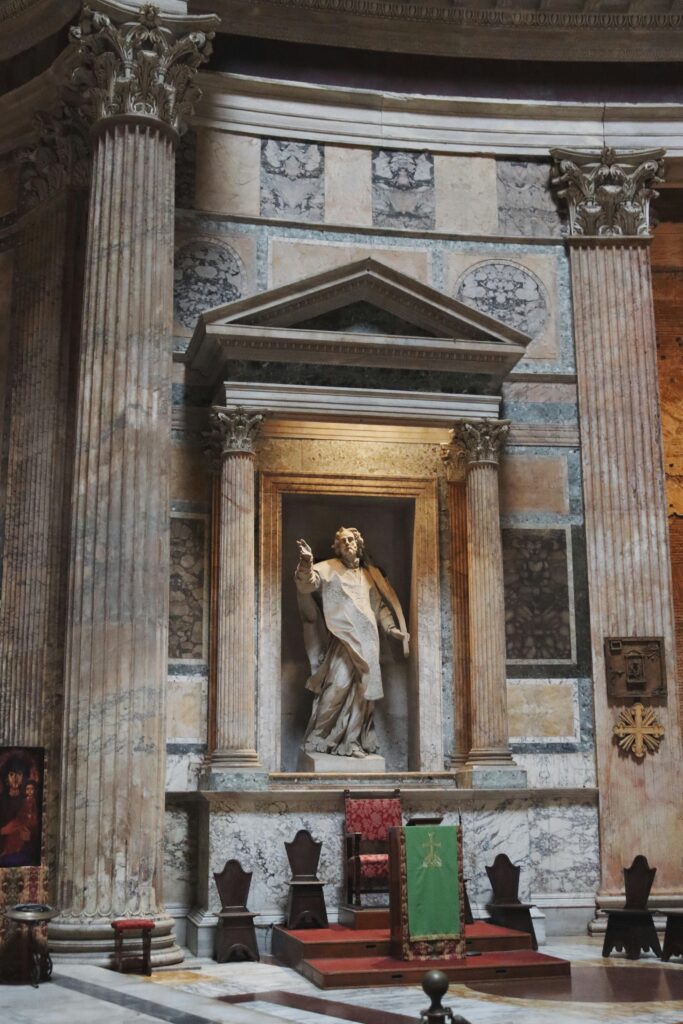How to Visit the Pantheon in Rome + Updated Ticket Prices and Timings for 2025
The Pantheon is one of Rome’s most iconic landmarks and should be on your list of places to visit. Located in the heart of the city, with its breathtaking dome, perfect symmetry, and rich history, it’s a place that will definitely capture your imagination when you visit. Originally built around 27 BCE by Marcus Agrippa as a temple dedicated to all the gods of Ancient Rome, its name comes from the Greek words pan (all) and theos (gods).
Today, it remains an active place of worship and one of Rome’s most beloved attractions, which will captivate you with its beauty and history. Whether you're a history buff or just looking to soak in the beauty of the Eternal City, the Pantheon is an absolute must-see. So, if you plan to visit the Pantheon in Rome, here is a guide with all the essential information and updated ticket prices and timings for 2025.

Why Visit the Pantheon?
The Pantheon’s charm lies in its balance of grandeur and simplicity. As you approach, its imposing columns and symmetrical façade command attention, but it’s the interior that truly leaves visitors speechless.
- The Dome: The massive dome, with a diameter and height of 43.3 meters, symbolizes the heavens. The oculus at its centre—an open skylight—provides natural light and ventilation. The interplay of light and shadow inside changes throughout the day, creating a dynamic and ethereal ambience.
- Historical Significance: The Pantheon is one of the best-preserved monuments from Ancient Rome and has influenced countless buildings worldwide, from Renaissance churches to modern-day capitol buildings.
- A Sacred Resting Place: It houses the tombs of Raphael, one of the most celebrated Renaissance artists, and Italy’s first kings, Victor Emmanuel II and Umberto I.

Photo by Kin Shing Lai on Unsplash
Best Time to Visit the Pantheon in Rome
Planning your visit well can greatly enhance your experience.
- Low Season: Visit between November and February to avoid peak tourist crowds. The cooler weather is also ideal for sightseeing.
- Early Morning or Late Afternoon: The Pantheon opens at 9:00 AM, and arriving early ensures you can enjoy its serenity before the tour groups arrive. Alternatively, late afternoon visits are also quieter.
- Avoid Weekends and Holidays: These are the busiest times, especially during summer and Christmas.
How to Enter
The Pantheon requires an entry ticket, introduced recently to manage crowds:
- Standard Ticket: €5 for adults.
- Reduced Ticket: €3 for EU citizens aged 18–25.
- Free Entry: Available to children under 18, local residents on specific days, and certain groups, such as clergy.
Security checks are mandatory, so allow extra time. As the Pantheon is a functioning church, modest attire is required (cover shoulders and knees).

How to Book Tickets
Booking tickets in advance is strongly recommended. Here are the best options:
- Pantheon Skip-the-Line Ticket
- Price: From €5.29 per person
- What’s Included: Priority entry and an optional audio guide for a self-paced tour.
- Best For: Independent travelers who want to avoid long queues
- Pantheon Fast-Track Ticket with Audio Guide
- Price: From €5.29 per person
- What’s Included: Skip-the-line access, an audio guide, and a donation to the Basilica.
- Best For: Visitors seeking detailed historical insights without a live guide.
- Guided Tours
- Price Range: €20–€50, depending on the provider and tour length.
- What’s Included: A professional guide who provides in-depth commentary on the history, architecture, and cultural significance of the Pantheon.
You can book tickets on platforms like GetYourGuide or the official Pantheon website.
What to See Inside
Once inside the Pantheon, there’s no shortage of breathtaking sights:
- The Oculus: Measuring 9 meters in diameter, the Oculus is the only light source and symbolises a connection between the divine and the mortal world. On rainy days, water flows through the drainage system in the marble floor.
- Raphael’s Tomb: The renowned Renaissance artist chose to be buried here, a testament to the Pantheon’s sacred status. His epitaph, written by Pietro Bembo, reads, “Here lies Raphael, by whom Nature feared to be outdone while he lived, and when he died, feared she too would die.”
- Tombs of Italian Kings: Visit the final resting places of Victor Emmanuel II, the first king of unified Italy, and his son Umberto I.
- The Dome’s Coffered Ceiling: The coffers (sunken panels) reduce the dome’s weight and add an aesthetic rhythm to its design.

Photo by Yasemin Aydoğdu
Tips for Visiting the Pantheon
- Book Early: Tickets sell out quickly, especially during peak seasons.
- Arrive Prepared: Wear comfortable shoes for walking and modest clothing suitable for church visits.
- Explore the Surroundings: After your visit, enjoy the vibrant atmosphere of Piazza della Rotonda. Grab a coffee at one of the cafés or admire the Fontana del Pantheon, a charming fountain at the square's centre.
- Combine with Nearby Attractions: The Pantheon is within walking distance of other iconic sites, such as Piazza Navona, Campo de' Fiori, and the Trevi Fountain.